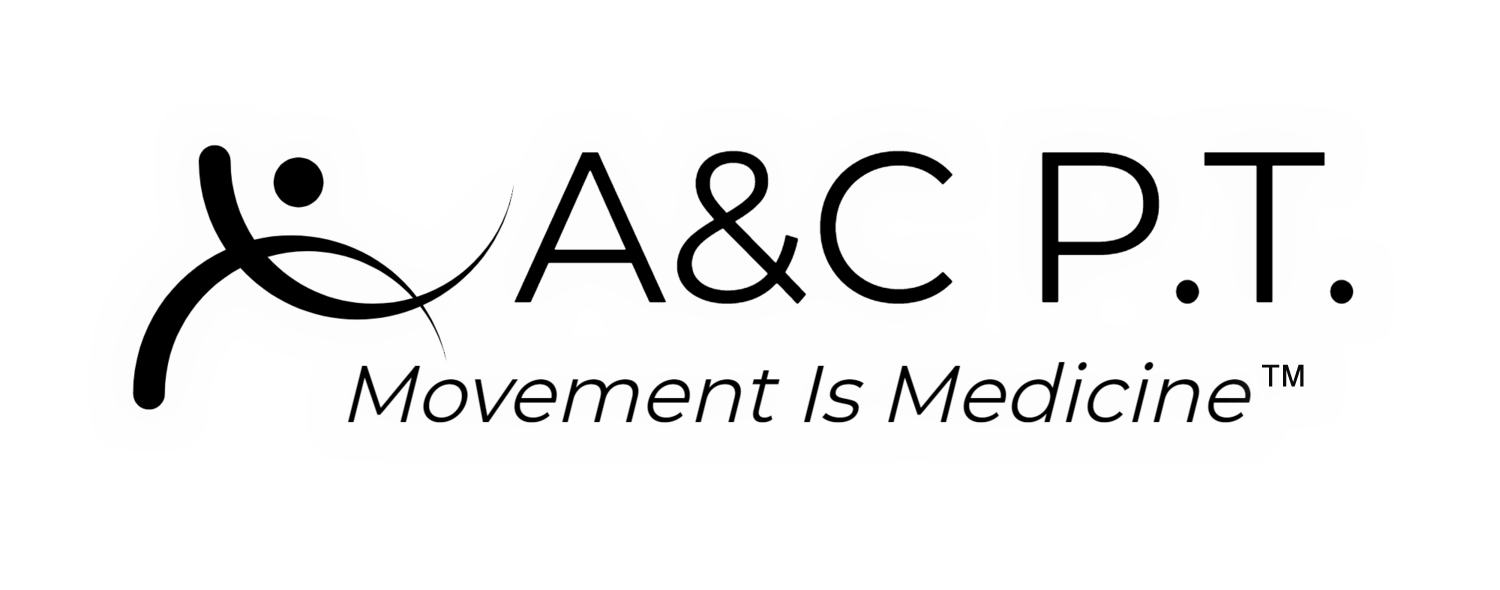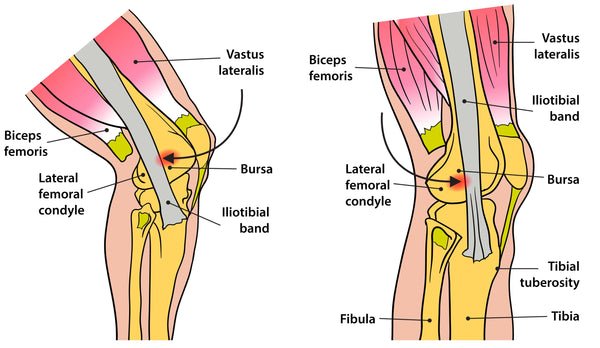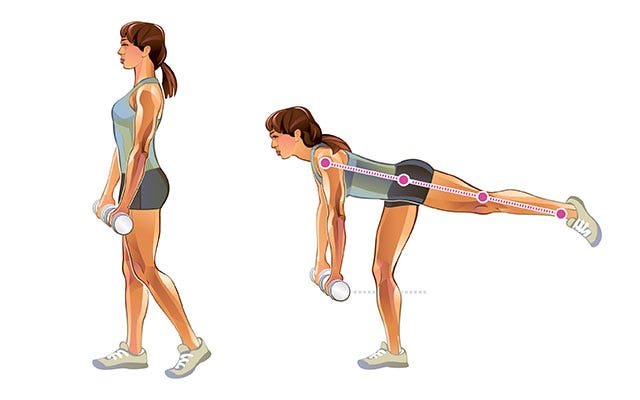The knee is a hinge joint, meaning its function
of movement is in one plane, in this case, the
straightening and bending of the leg. The
knee joint also has a varying list of muscles,
tendons and ligament that attach to it. One of
the largest attachments being your Iliotibial
Band: ITB. The ITBand is not a muscle but a
thick band of fibrous tissue that runs along the
outside of your leg. It starts at the hip and
extends to the outer side of the shinbone just
below the knee. Due to its length, it attaches
to other muscles along the way such as the
glute muscle: gluteus medius, hip flexor: TFL and quad muscle: vastus lateralis.
Why does it hurt?
Because the ITBand is not a muscle, it can’t really be strengthened or stretched so it’s important to improve strength and flexibility in surrounding muscles. Any deficit in those muscles could cause ITBand Syndrome. ITBS is when the IT band becomes too tight. This causes friction at the top of your hip or on the lateral side of the knee and can result in swelling and pain.
Temporary relief for ITBS includes:
- Foam Rolling
- Ice Pack
- Gentle Massage
- Standing ITB Stretch
Long term ways to fix and prevent ITBS include exercises:
Bridge: Aim for 2 sets of 15 repetitions, 3-4 days per week. Start with bodyweight until 15-20 repetitions are easy, then consider adding weight to your hips or expiriment with more challenging variations inculding offset or single leg bridges to keep the level of difficulty high enough to stimulate muscle growth. Take 1-2 minutes between sets. Push yourself!
Single-Leg Dead Lift: Dosing is the same as the bridges. They key? Make sure your body knows it is weak otherwise it will not get stronger! Mack sure to keep a neutral spine and use your hips to lift, not your back. Practice with NO weight to start, making sure you are eble to feel your “posterior chain” working, meaning your gluteals and hamstrings lengthening and shortening to lift your turnk. Add weight accordingly for fatigue between 12-15 reps.
Banded 3-way: Designed for both strength and endurance. Perform 10-15 light repetitions in each direction on both legs as part of your running warm-up to activate and bring awareness to your gluteals. After your run or on a different day, use a harder band or perform more repetitions until you reach fatigue. Take several minutes and perform another round, starting with the opposote leg standing as your first set. Perform 4 x week.





